Have you ever taken a shower and had the water suddenly turn cold? This can be a really frustrating experience, especially if you’re in the middle of shampooing your hair. Fortunately, you can do a few things to fix this problem. In this blog post, we’ll show you how to fix cold water in shower. Keep reading for more information.
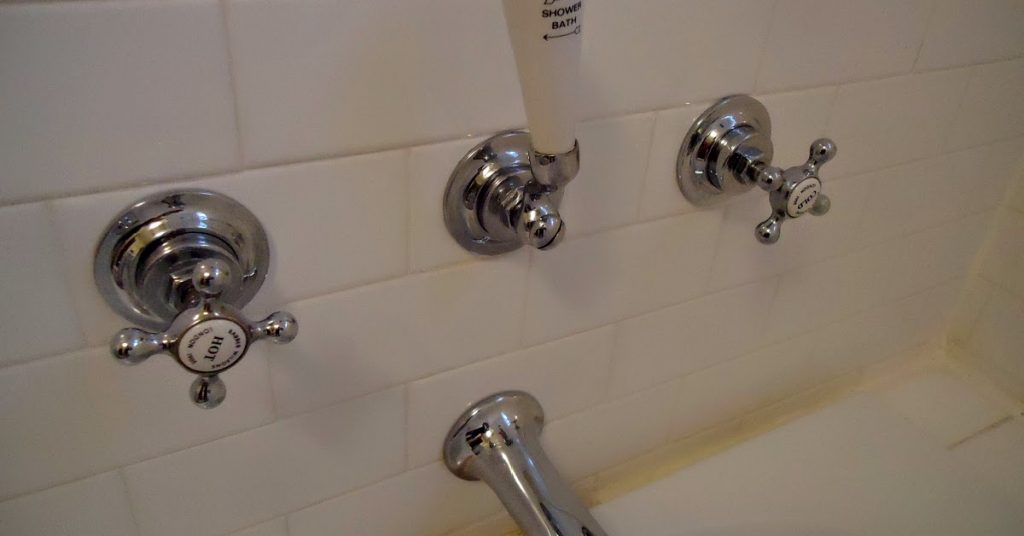
Are you one of those people who hates getting into a cold shower? If so, here are some tips on how to fix cold water in shower. First, make sure that your water heater is set to the right temperature. If it is set too low, then the water will be cold when it comes out of the faucet. You can also try adding insulation around the pipes leading to your shower. This will help to keep the warm water longer.
If your shower water is cold, there are some things you can do to make it warmer. One is to buy a hot water recirculating pump, which will make the hot water circulate faster. Another is to put a shower curtain around your tub, which will help keep the heat in.
Summary: If you’re experiencing cold water in your shower, there are a few things you can do to fix the issue. To start, try turning the water off and on again to see if that solves the problem. If that doesn’t work, you may need to replace the shower head. Additionally, if you have a low-flow shower head, you may need to upgrade to a higher flow one in order to get enough water flowing through it.
Why Is My Water Not Getting as Hot?
There are a few reasons your water may not be getting hot. Check the following:
- Is the water heater set to the correct temperature? The recommended setting is 120 degrees Fahrenheit.
- Is there enough water in the tank? If the tank runs out of water, it will no longer be able to heat up.
- Is the pilot light lit? If not, the water heater will not be able to generate heat.
- If you have an electric water heater, are the heating elements turned on?
- Is the gas valve open? If not, gas will not be able to flow to the burner.
If you’ve checked all of the above and your water is still not getting hot, you may need to fix or replace your water heater.
Tools and Materials
- Water heater
- Insulation
- Hot water recirculating pump
- Thermometer
- Screwdriver
- Wrench
- Pliers
16 Simple Ways How to Fix Cold Water in Shower:
1. Check the Water Heater Settings
If you’re having cold water issues, the first thing you should do is check your water heater settings. If the water heater is set too low, that could be causing the cold water. Use a multimeter to test the water heater and make sure it’s set to the correct temperature.
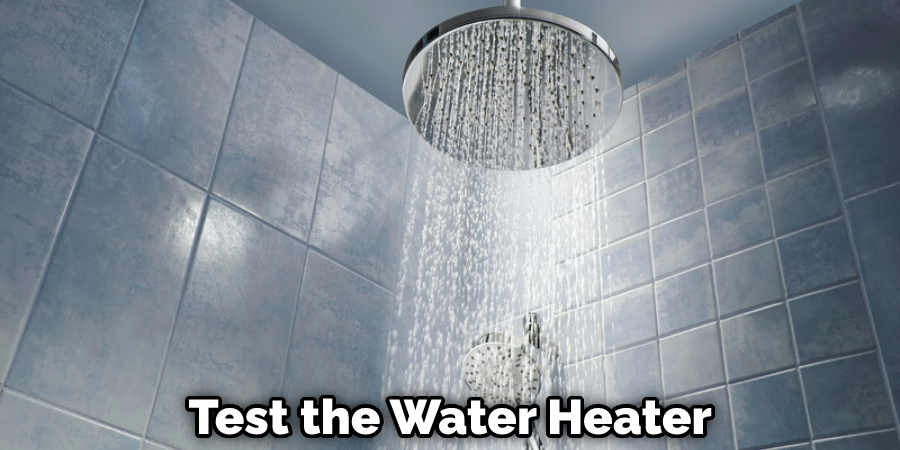
2. Check the Water Pressure
If the water pressure is too low, it can also cause cold water in the shower. You can check the water pressure by turning on all the faucets in your home and seeing how strong the flow is. If it’s weak, then you likely have low water pressure. There are a few ways to fix this issue: Have your local water provider check the pressure in their system. If the problem is with the water company, they can likely fix it for free.
Install a water pressure booster pump.
This can help solve the problem of cold water in your shower by increasing the water pressure in your home. Use a water pressure gauge to check the pressure in your home before and after installing the pump to ensure that it is working correctly.
Clean the shower head.
If your shower head is dirty, it can make your water pressure weaker and your water colder than it should be. You can clean your shower head with a vinegar solution to get rid of any dirt or build-up that might be affecting the water pressure.
3. Check the Hot Water pipes
If the hot water pipes are not well insulated, they can lose heat and cause the water to be colder than usual. Inspect the pipes and make sure they are well insulated. You can add more insulation if necessary. Use weatherstripping or caulk to seal any gaps around the pipes.
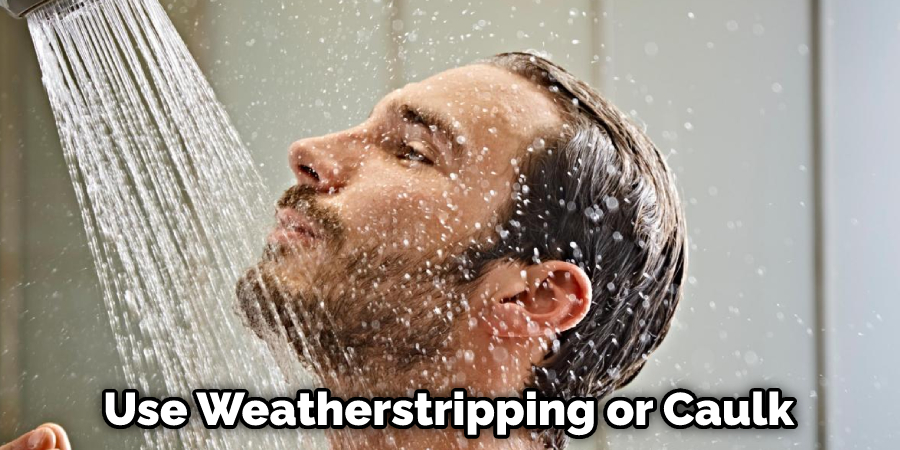
4. Check the Water Temperature
The water temperature should be set to at least 120 degrees Fahrenheit. Anything lower than that can cause the water to become cold. If the water temperature is set too low, you’ll need to increase it. You’ll need to find the water heater and adjust the thermostat to do this.
5. Check the Mixing Valve
If you have a mixing valve, it could be set too low, which can cause the water to be colder than usual. To check the mixing valve, turn on the water at the faucet and let it run for a few minutes. Then, turn off the water and feel the pipes. If they’re cold, the mixing valve is probably set too low. To fix this, you’ll need to adjust the valve. If you don’t have a mixing valve, or if adjusting the valve doesn’t fix the problem, there could be an issue with the water heater.
6. Flush the Water Heater
If the water heater is old, it could be full of sediment. This can cause the water to be colder than usual. To fix this, you need to flush the water heater.
- Turn off the power to the water heater.
- Attach a garden hose to the drain valve on the water heater.
- Turn on the water and let it run for a few minutes. This will flush out the sediment.
- Turn off the water and remove the hose.
- Turn on the power to the water heater and wait for it to heat up.
If you have a gas water heater, you need to be careful when flushing it. Make sure that there is no naked flame around when you do this. If you’re not comfortable doing this, you can always call a plumber.
7. Check the Heating Element
If the water heater is electric, it has a heating element. This can burn out over time, causing the water to stop being hot. Check the heating element to see if it needs to be replaced. If it does, follow the manufacturer’s instructions.
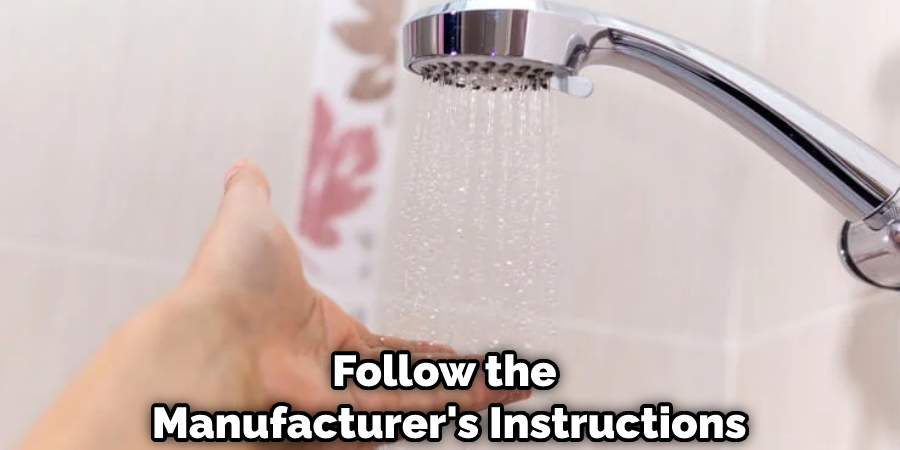
8. Check the Pilot Light
If the water heater is gas, it has a pilot light. If the pilot light goes out, then there is no heat to warm the water. The first thing you should do is check to see if the pilot light is still lit. If it is out, relight it according to the manufacturer’s instructions. If you can’t seem to get the pilot light lit, then you will need to call a professional.
9. Check the Thermostat
The thermostat controls the temperature of the water. If it’s set too low, then the water will be cold. Set the thermostat to a higher temperature and see if that fixes the problem. Thermostat settings are usually in the range of 50-70 degrees Celsius.
10. Use Insulation
If the pipes are exposed, they are more likely to freeze during cold weather. You can use insulation to wrap the pipes and protect them from the cold. This will help to keep the water warm as it passes through the pipes and into your shower.
11. Let the Hot Water Run
Before you get in the shower, please turn on the hot water and let it run for a minute or two. This will help to heat up the pipes and get the water flowing. If the water is still cold, you can try turning up the heat on your water heater.
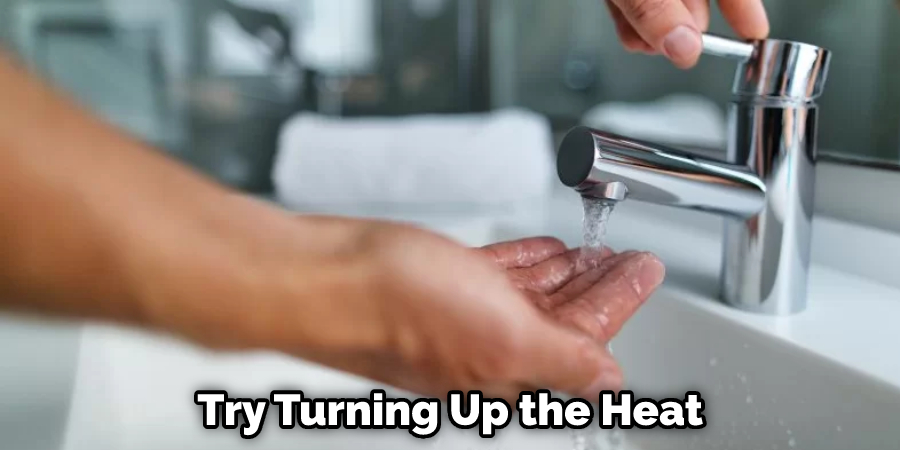
12. Take a Shower at a Different Time
If you typically take a shower first thing in the morning, try changing your schedule and take a shower later in the day. The water in your pipes will have had time to warm up, and you’ll enjoy a hot shower. If you can’t take a shower at a different time, try running the hot water in the sink for a minute or two before getting in the shower. This will help to warm up the water in the pipes.
13. Use a Hairdryer
If the water is only slightly cold, you can try using a hairdryer to warm it up. Hold the hairdryer close to the faucet and run it on the highest setting. The heat from the hair dryer will help to warm up the water. If the water is still not as hot as you would like, you can try using a pot of boiling water. Pour the boiling water into the sink and let it run for a few minutes. The hot water will help to raise the temperature of the cold water.
14. Check for leaks
One of the most common causes of cold water in the shower is a leak. A small leak can cause the water to cool down as it escapes the pipes. Check all of the fixtures in your bathroom for any signs of leaks. If you find a leak, you will need to have it repaired as soon as possible.
15. Use Hot Water Bottles
If you’re really desperate for a hot shower, you can try using hot water bottles. Fill up a couple of bottles with boiling water and place them in your shower. Let them sit for a few minutes before getting in. The heat from the bottles should help warm up the water.

16. Add Some Heat
If your shower is still too cold, you can try adding some heat to the room. This will make the water feel warmer when you get in. Turn on the bathroom fan to help ventilate the room and get rid of any cold air that might be coming in from outside. You can also try turning on the heat lamp in the bathroom if you have one. If neither of these options is available, you can try opening up the door to let some warm air in from the rest of the house.
You Can Check It Out to Fix Tiles That Fell Off Shower Wall
Tips and Warnings on How to Fix Cold Water in Shower:
Tips:
- Be sure to identify the location of your water heater. It will be in your basement or a closet on an exterior wall in most cases.
- Check the temperature settings on your water heater and make sure it is set to at least 120 degrees Fahrenheit.
- Inspect the cold water inlet valve on your water heater and ensure it is fully open.
- Check the hot water outlet valve on your water heater and make sure it is fully open.
- If you have a gas water heater, check the pilot light to ensure it is lit.
- Call a professional if you still have cold water problems in your shower.
Warnings:
- Never try to adjust the temperature on your water heater without first consulting your owner’s manual or a professional.
- Never try to repair or replace any part of your water heater without first shutting off the power and gas supply.
- Never attempt to light the pilot light on a gas water heater without first consulting your owner’s manual or a professional.
- If you smell gas, evacuate the premises immediately and do not re-enter until you have contacted your gas company to shut off the gas supply to your home.
How Long Do Shower Valves Last?
The average lifespan of a shower valve is about ten years. However, with proper maintenance, they can last much longer. If you start to notice that your shower water is not as hot as it used to be, or if it takes longer for the hot water to come out, then it may be time to replace your shower valve. Luckily, this is a relatively easy task that you can do yourself.
How Much Does It Cost to Replace a Shower Mixing Valve?
The cost to replace a shower mixing valve will vary depending on the type of valve you have and the complexity of the installation. Generally, you can expect to pay between $200 and $500 for the parts and labor. However, if you have a more complex installation, such as one that requires soldering, you may end up paying closer to $1,000.
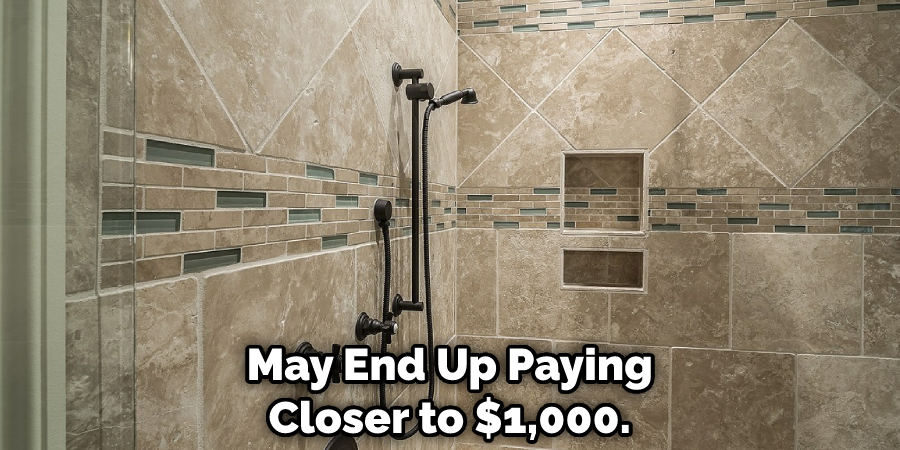
Frequently Asked Questions
Why Has My Shower Water Gone Cold?
There are a few possible causes of your shower water going cold, including the following:
• Broken or clogged pipes – When water accumulates in certain areas of the pipe system (such as near the faucet), it can cause freeze-ups. If this is severe enough, it can break open and damage other parts of the pipeline. In addition to causing your shower to go cold, frozen pipes also increase your risk of potential flooding.
• Low water pressure – A lack of pressure may be due to a number of factors, such as worn-out appliances or low tank levels. If you live in an older home with antiquated plumbing, then upgrading might be necessary in order to avoid issues with low water pressure.
• Wiring Issues – Weak or corroded wiring may cause intermittent electrical problems that could lead to decreased water flow and loss inside homes and businesses alike. If you notice any strange smells coming from under the sink or around fixtures, contact an experienced professional for inspection and repair services.
Why Does My Shower Get Hot but Not Cold Water?
When this happens, the cold water pipes will start sending hot water instead. Another possibility is that the cold water valve is not set to the correct temperature. Lastly, the shower head might be misaligned or clogged. If any of these problems are causing the hot water issue, they should be fixed as soon as possible to prevent further damage.
Where is My Shower Mixing Valve Located?
The mixing valve is located on the side of your shower head closest to these sources of water. It’s important to keep this area clean so that you avoid dirtying other parts of the system and causing problems down the road. Cleaning this part of your plumbing can be done by using a simple dishwasher soap solution or a cleaner designed specifically for plumbing systems.
Conclusion
This article has provided some tips and tricks on how to fix cold water in shower. If you follow these steps, you should be able to get your shower water up to temperature in no time. Although the problem of cold water in showers is not a new one, it can still be fixed. There are many ways to fix this issue, and most of them are very easy and inexpensive.
With a little bit of work, you can have hot water running in your shower in no time. Have you had problems with cold water in your shower? If so, what solution did you find that worked best for you? Write down your tips and solutions in the comment section below. We would love to hear from you!
You Can Check It Out to Fix Off Center Shower Drain
